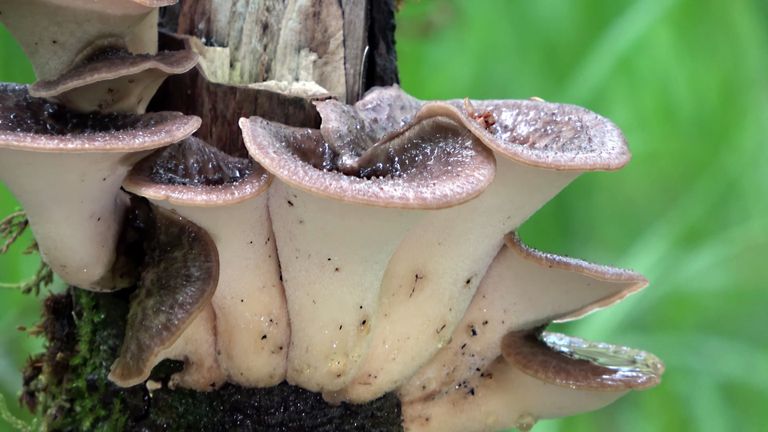
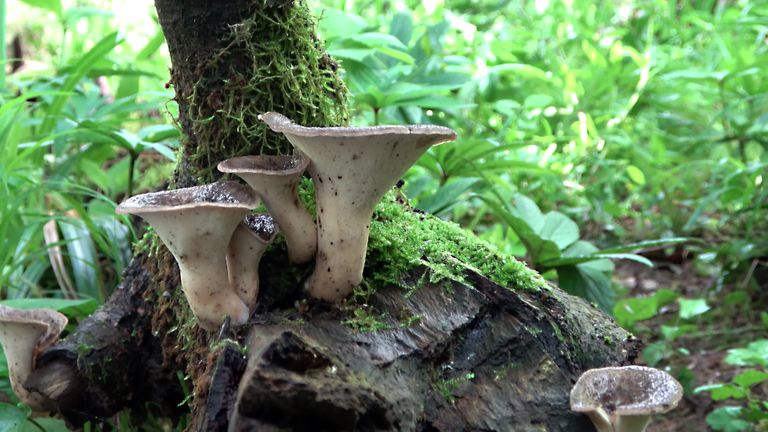
Although this species of arboreal fungus occurs almost all over Europe, it is an extremely rare species. It is included in the Red List of Endangered Species in many countries.
Mimo, iż ten gatunek grzyba nadrzewnego występuje niemal w całej Europie, jest gatunkiem niezwykle rzadko spotykanym. W wielu krajach znajduje się na czerwonej liście gatunków zagrożonych wyginięciem.
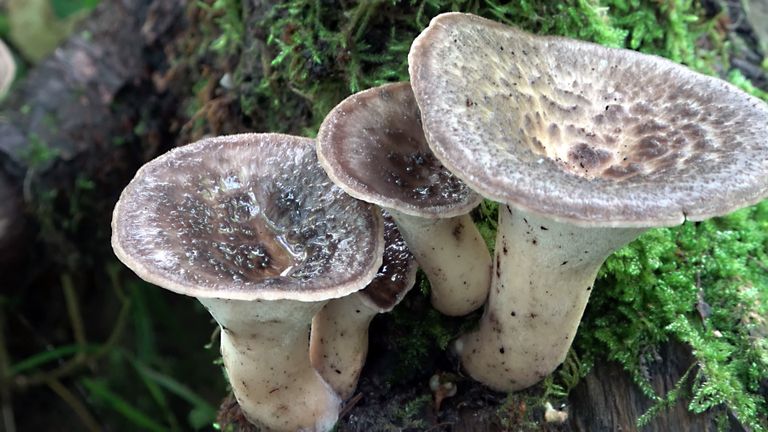
Young fruiting bodies of Polyporus tuberaster
Młode owocniki Żagwi Guzowatej
They have a characteristic shape resembling nodules
Mają charakterystyczny kształt przypominający guzki
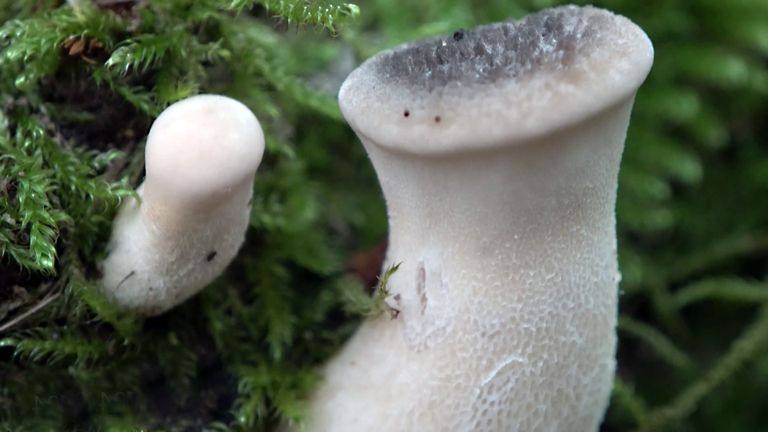
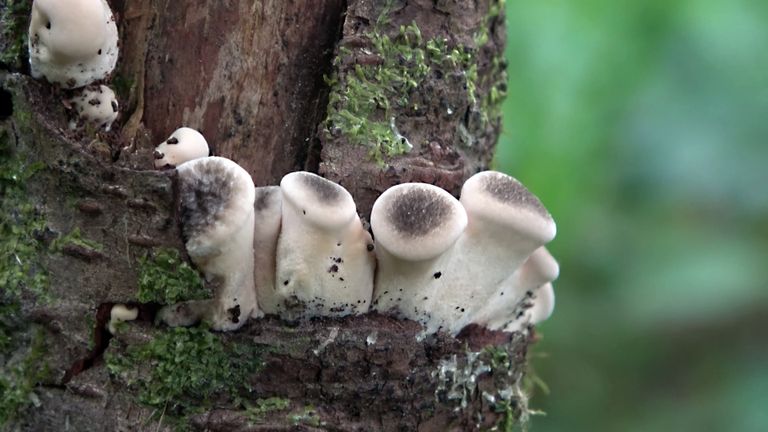
His hat can reach a diameter of up to 12-15 cm. the shape of the fruiting body is usually funnel-shaped, but young specimens take the form of nodules, wider at the top. On the other hand, older fruiting bodies may be flattened and spread out. The surface of the hat is felt with dark brown or ocher scales. The hymenophore of the fungus is in the form of off-white tubes.
Jego kapelusz może osiągnąć średnicę do 12-15 cm. kształt owocnika jest zazwyczaj lejkowaty, ale młode egzemplarze przybierają formę guzków, szerszych u góry. Natomiast starsze owocniki mogą być wypłaszczone, rozpostarte. Powierzchnia kapelusza jest filcowata pokryta ciemnymi, brązowymi lub ochrowymi łuskami. Hymenofor grzyba ma postać rurek o kolorze białawym.
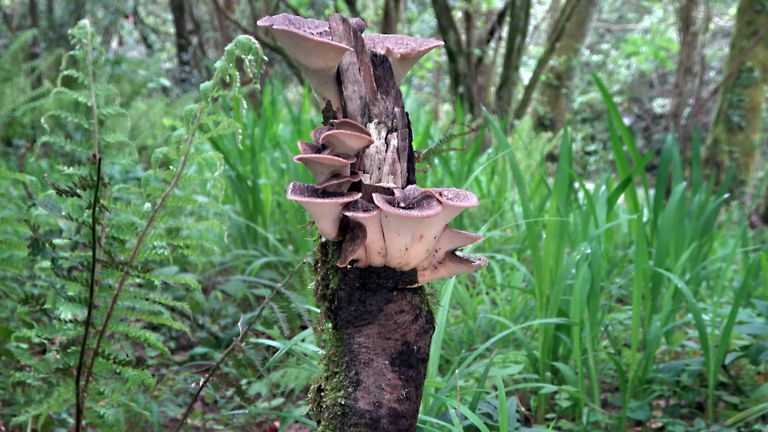
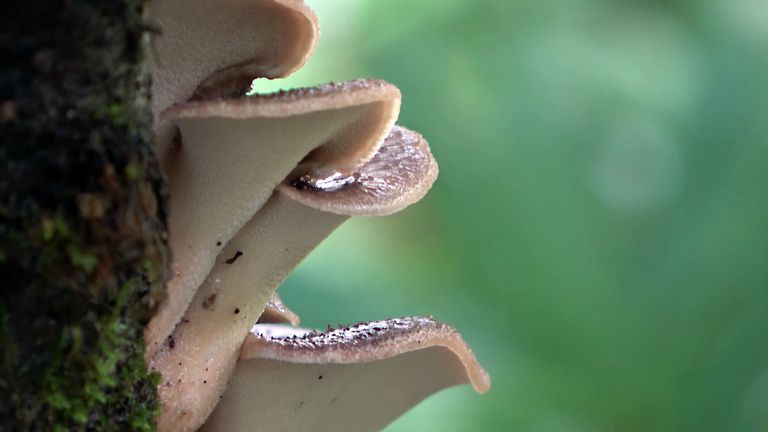
The leg can be up to 8 cm high and 1.5 cm thick. It is usually located centrally. It is slightly hairy, the color of the leg is ocher, whitish.
Nóżka może mieć do 8 cm wysokości i 1,5 cm grubości. Umiejscowiona jest zazwyczaj centralnie. Jest lekko owłosiona, kolor nóżki jest ochrowy, białawy.
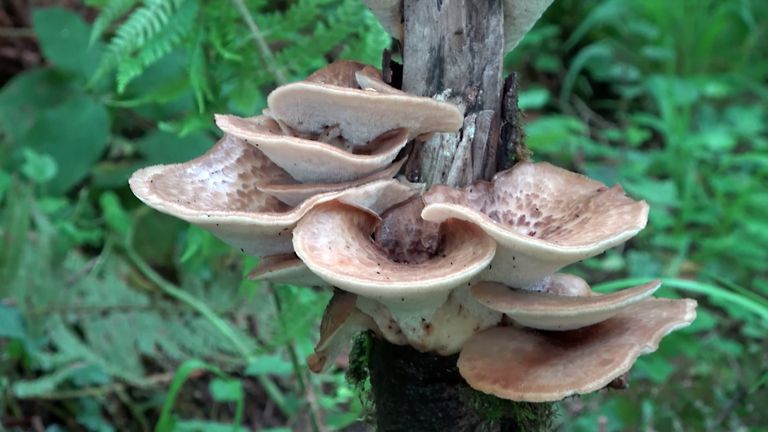
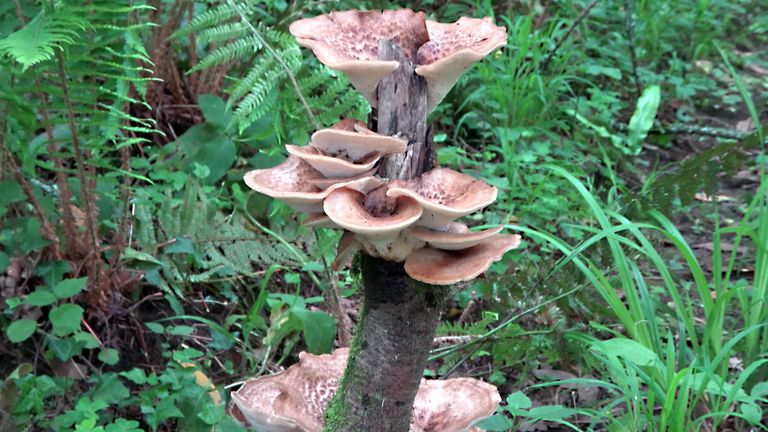
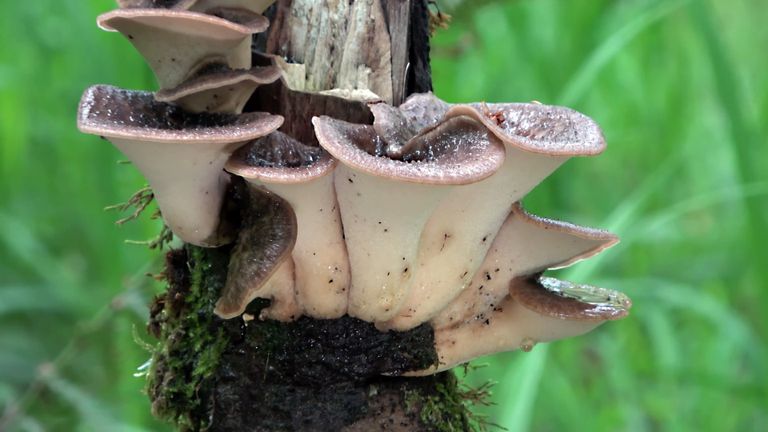
Medicinal properties of this mushroom?
Właściwości lecznicze tego grzyba?
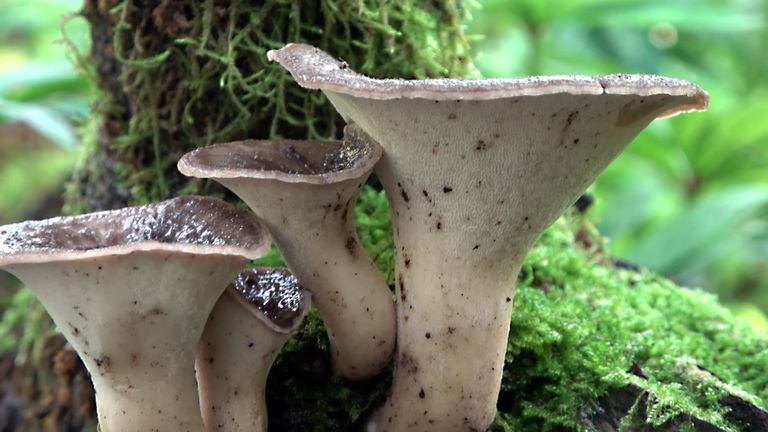
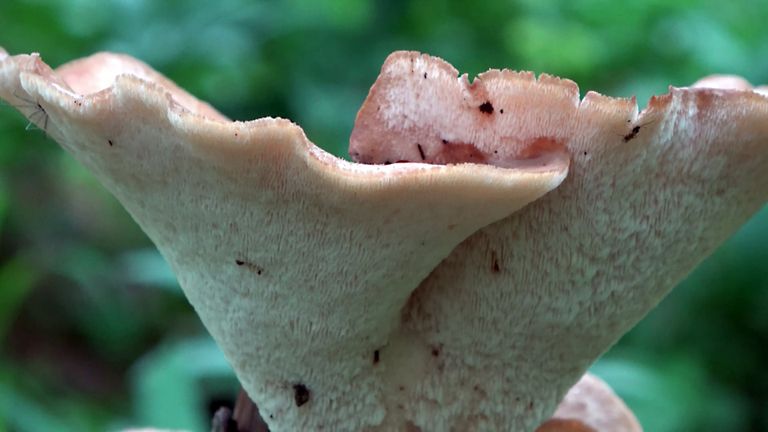
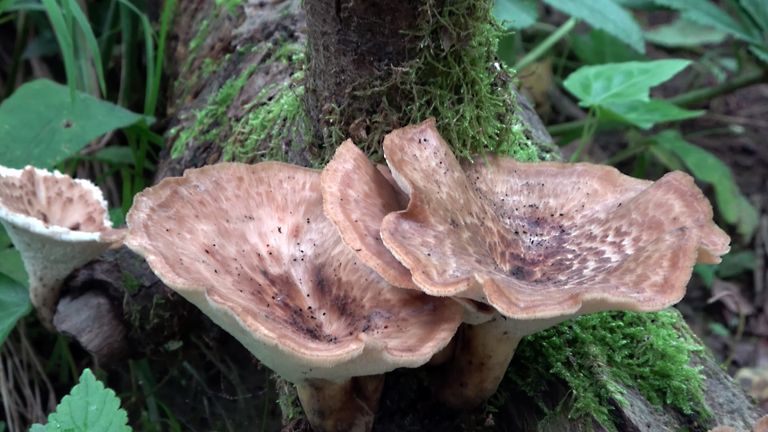
In many countries of southern Europe, young fruiting bodies were eaten and even bred. They were also believed to have health properties, as they were supposed to support the treatment of tuberculosis.
W wielu krajach Europy południowej młode owocniki były spożywane, a nawet hodowane. Przypisywano im również właściwości zdrowotne, miały bowiem wspomagać leczenie gruźlicy.

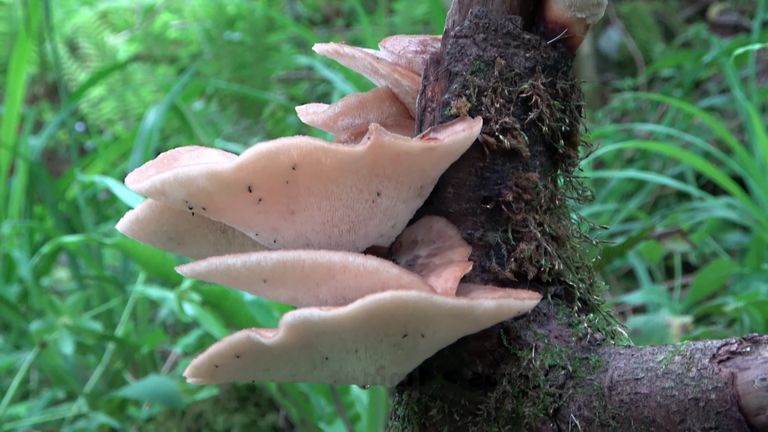
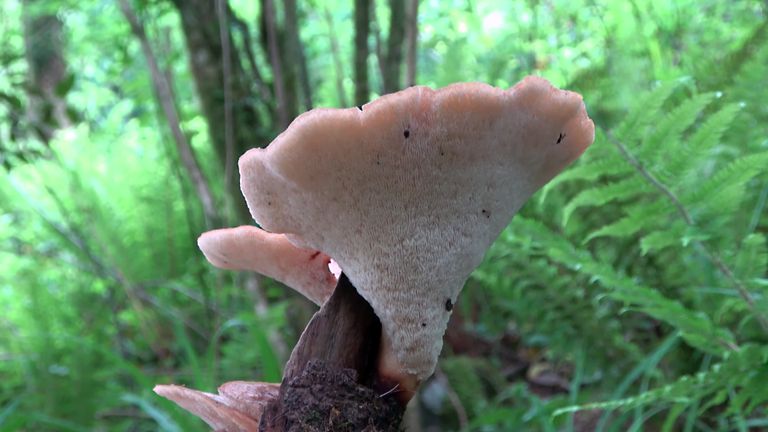
The mushroom flesh changes its texture and physical properties with the age of the mushroom. It is elastic and fleshy at first, but becomes tough and stringy with age. It has a whitish color but does not have a distinct taste or smell. Interestingly, the fungus appears in many sources as inedible, probably due to the consistency and hardness of mature fruiting bodies, but it does not contain any toxic or poisonous substances.
Miąższ grzyba zmienia swoją konsystencję i właściwości fizyczne z wiekiem grzyba. Początkowo jest elastyczny i mięsisty, ale z wiekiem staje się twardy i łykowaty. Ma białawy kolor ale nie posiada wyraźnego smaku ani zapachu. Co ciekawe, grzyb w wielu źródłach występuje jako niejadalny, prawdopodobnie ze względu na konsystencję i twardość dojrzałych owocników, lecz nie zawiera substancji toksycznych, czy trujących.
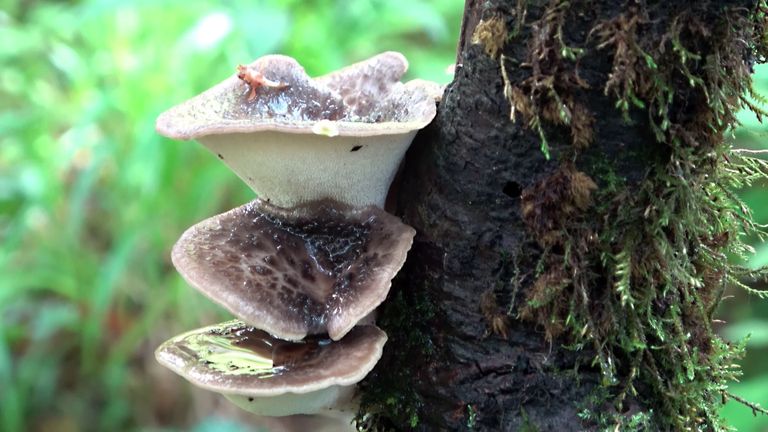
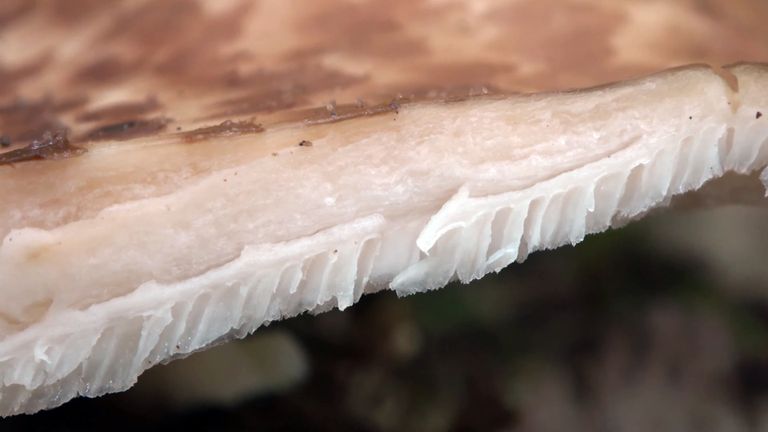
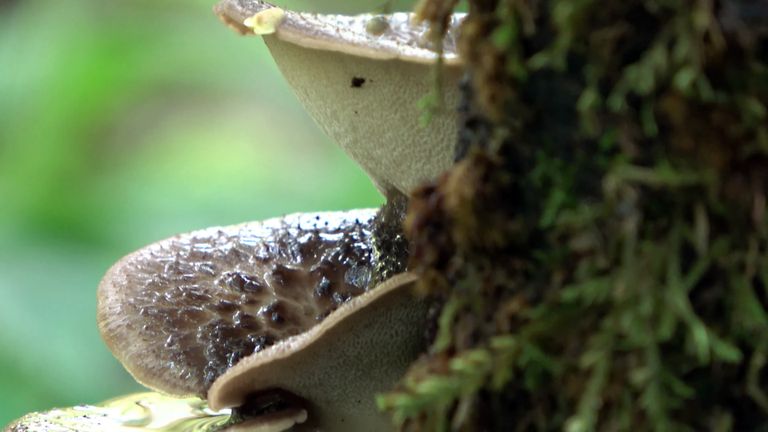
Where to look for this species of mushroom?
Gdzie szukać tego gatunku grzyba?
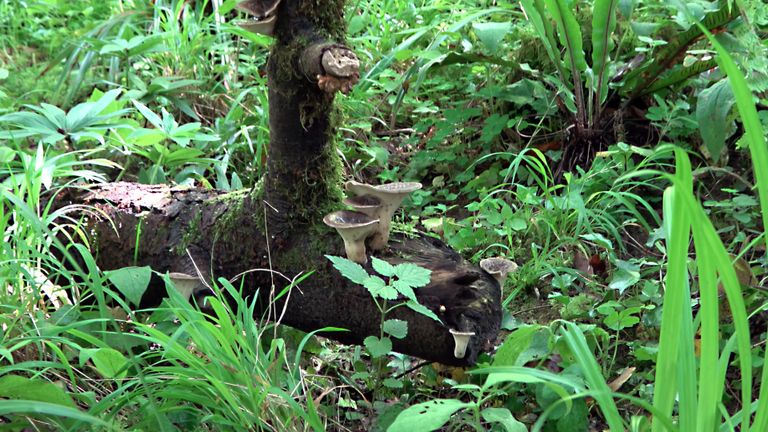

Polyporus tuberaster appears in deciduous and mixed forests, mainly on oak, beech and elm wood. It most often develops in buried or lying wood. You can often find the fungus in parks, cemeteries, and gardens. In southern Europe, fruiting bodies can already be found in June, and they grow until October.
Żagiew guzowata pojawia się w lasach liściastych i mieszanych głównie na drewnie dębu, buka czy wiązu. Najczęściej rozwija się w zagrzebanym lub leżącym na ziemi drewnie. Często można grzyba spotkać w parkach, na cmentarzach, w ogrodach. Na południu Europy na owocniki można już natrafić w czerwcu, i rosną do października.
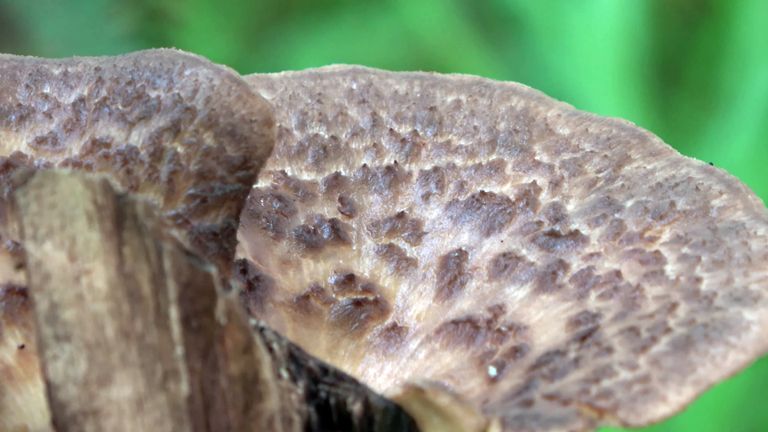
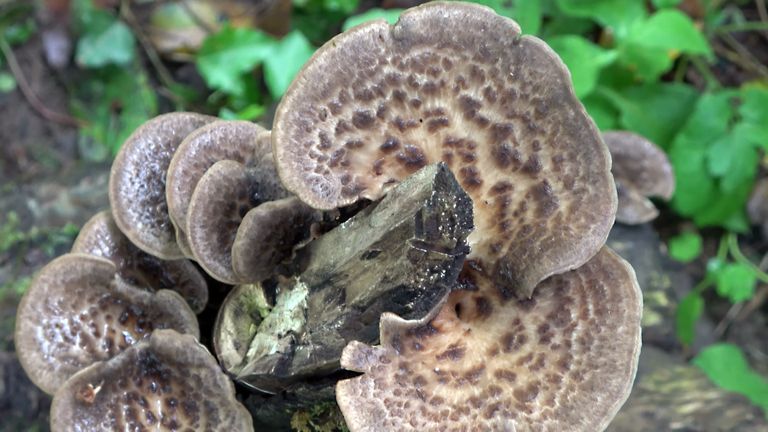
Enjoy 😉

So cool. Mushroom season neatly over here sadly. Can't wait for next year's hunt.